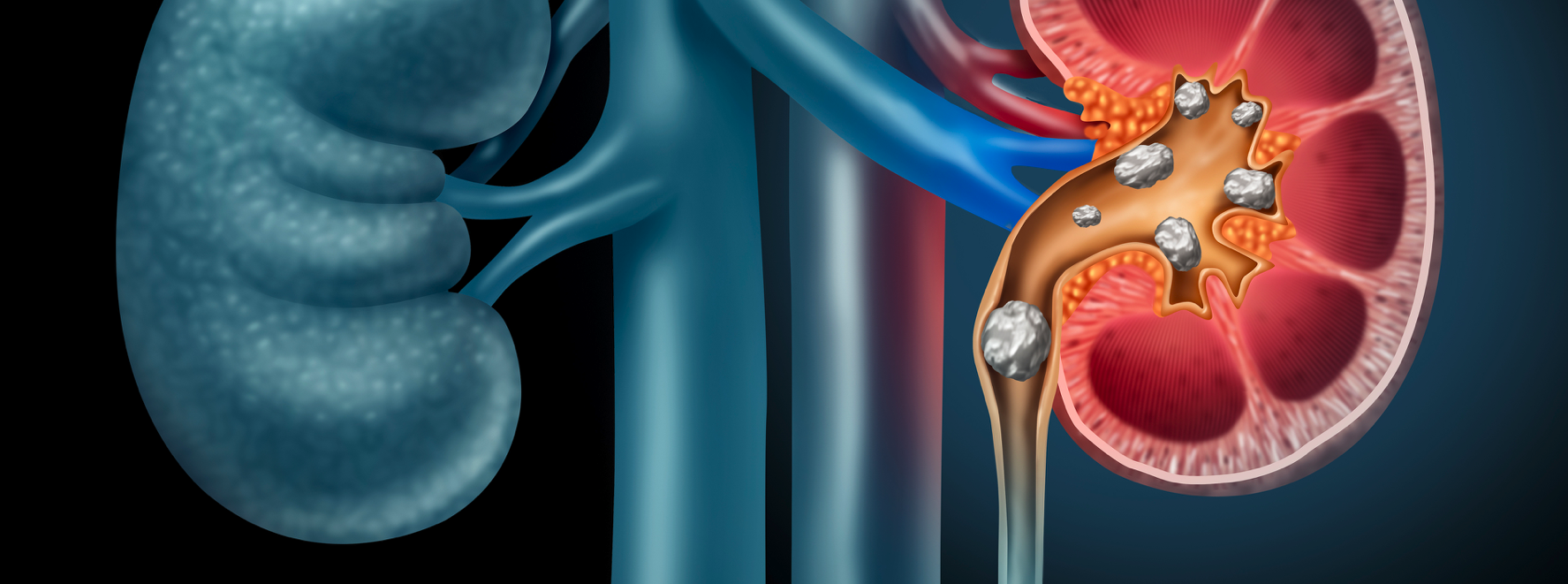
Our News
When Are Kidney Stones a Red Flag?
March 2, 2021
Alnylam Pharmaceuticals
According to some estimates, every 1 in 10 adults in the U.S. experiences a kidney stone, suggesting that kidney stones can be rather prevalent. But when are stones a sign of something more serious? Experts like Dr. Michelle Baum, a nephrologist at the Boston Children’s Hospital, would argue that, in their clinical experience, recurrent stone episodes in adults and any stones in children and adolescents warrant closer evaluation, since they can be a sign of a metabolic stone disease with an underlying genetic cause, like a condition known as primary hyperoxaluria (PH).
PH is a group of rare, inherited disorders in which enzyme deficiencies in the liver result in overproduction of oxalate — an unneeded end product of human metabolism. Oxalate is normally removed by the kidneys. High levels of oxalate can result in kidney stones and, over time, kidney failure. Oxalate crystals can deposit in other parts of the body leading to vision loss, bone fractures, ulcers, heart failure, and other systemic complications. If a person has already progressed to kidney failure, they may require a combined liver/kidney transplant to resolve the metabolic defect in the liver and replace the damaged kidneys.
While early detection is critical in mitigating the deleterious effects of oxalate accumulation, the journey from initial symptoms – which, for most patients, are recurrent kidney stones – to diagnosis is often long, painful and filled with challenging setbacks for patients and their loved ones.
To raise awareness of PH and educate fellow healthcare providers about the disease, Dr. Baum hosted a symposium sponsored by Alnylam, including a Q&A session on this group of rare disorders during the American Society of Nephrology (ASN) Kidney Week 2020 Reimagined.
The session, “Oxalate and the Kidneys: Primary Hyperoxaluria in Practice,” Dr. Baum explores the burden of PH on those affected, the diagnostic framework and the importance of early recognition to decrease oxalate accumulation and reduce kidney damage.
Dr. Baum notes that even despite extraordinary efforts from patients, families and healthcare teams, PH can often lead to kidney failure — especially in patients with primary hyperoxaluria type 1 (PH1).
One of the challenges in diagnosing PH is that physicians don't always think about the condition in patients with kidney stones — which can cause significant delays. It’s important to consider a genetic disease as the potential cause of these symptoms, especially if the patient is particularly young or has a parent or sibling with a history of kidney stones, too.” - Michelle A. Baum, M.D.
When asked: ‘What are the red flags in patients to indicate that they may have PH?’, Dr. Baum lists the following:
- Kidney stones at a young age
- Predominance of calcium oxalate monohydrate vs. dihydrate stones
- Recurrent kidney stones
- Consanguinity
- Family history of stones (including siblings who may also present with stones)
- Reduced kidney function or end-stage kidney disease in the setting of kidney stones or systemic oxalosis
The physical and emotional challenges associated with the diagnostic and treatment journey of patients with PH are further brought to life during the symposium through videos from the PH community, including both patients and caregivers. The symposium features John Cataldo, a young man who was diagnosed with PH1 as a child and experienced kidney failure in his late 20’s, having to endure almost a year of intensive dialysis sessions six days a week as a gateway to receiving a combined liver/kidney transplant. While his mother and brother stood by his side throughout surgery and recovery, the events took a toll on everyone involved.
“It was the most traumatic experience I've gone through in my life,” John recalled. “When I was first diagnosed [with kidney failure], I remember lying in the hospital bed. My mom was next to me, and I just said to her, ‘I'm going to need your help to get through this.”
The Skinner family, whose daughter Claire was diagnosed with PH1 at just two months old when her kidneys stopped working, also shared their experiences:
“It was a huge shock to our family, and the road ahead indeed proved very challenging,” said Natalie Skinner, Claire’s mother and caregiver. “It's hard when you don't see that light at the end of the tunnel, but when you can, just keep the course, keep that hope alive.”
Building upon the clinical information Dr. Baum shares throughout the session, the personal stories from the Cataldos and Skinners reiterated the need for recognizing the red flags and intervening early in disease to preserve kidney health.
To learn more about PH1, healthcare professionals (HCPs) can watch the symposium or visit AboutPH1.com for additional information. HCPs interested in sharing resources with patients and caregivers could direct them to TakeOnPH1.com and PH1ofaKind.com.





